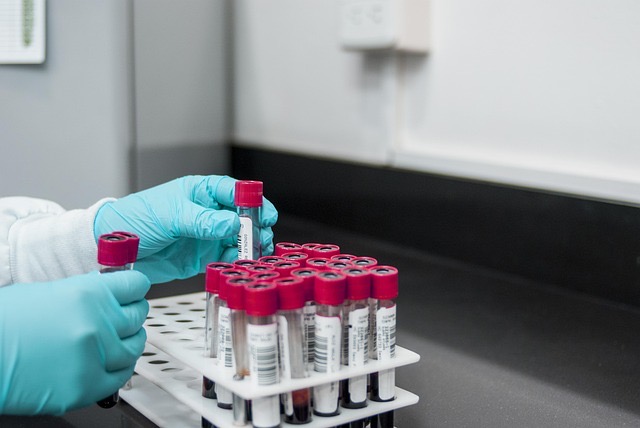A newly developed blood test has demonstrated the potential to identify Parkinson’s disease before the onset of significant symptoms, offering hope for earlier intervention and improved patient outcomes.
Researchers have focused on analyzing specific biomarkers in the blood, particularly transfer RNA fragments (tRFs) and mitochondrial RNA levels. By measuring the ratio between these two components, the test achieved an accuracy score of 0.86, surpassing current early diagnostic methods that score around 0.73.
The test employs polymerase chain reaction (PCR) technology, similar to that used in COVID-19 diagnostics, to detect these molecular changes. Notably, the levels of tRFs decreased following deep brain stimulation, indicating a potential biomarker response to treatment.
Professor Hermona Soreq of the Hebrew University of Jerusalem, who oversaw the research, stated that this minimally invasive method opens new avenues for early intervention and could help slow or prevent disease progression by initiating protective therapies earlier.
While the test is still undergoing validation, its development marks a significant step toward a simple, cost-effective, and non-invasive diagnostic tool for Parkinson’s disease. Early detection could allow for the administration of neuroprotective therapies before substantial neuronal loss occurs, potentially altering the course of the disease.




